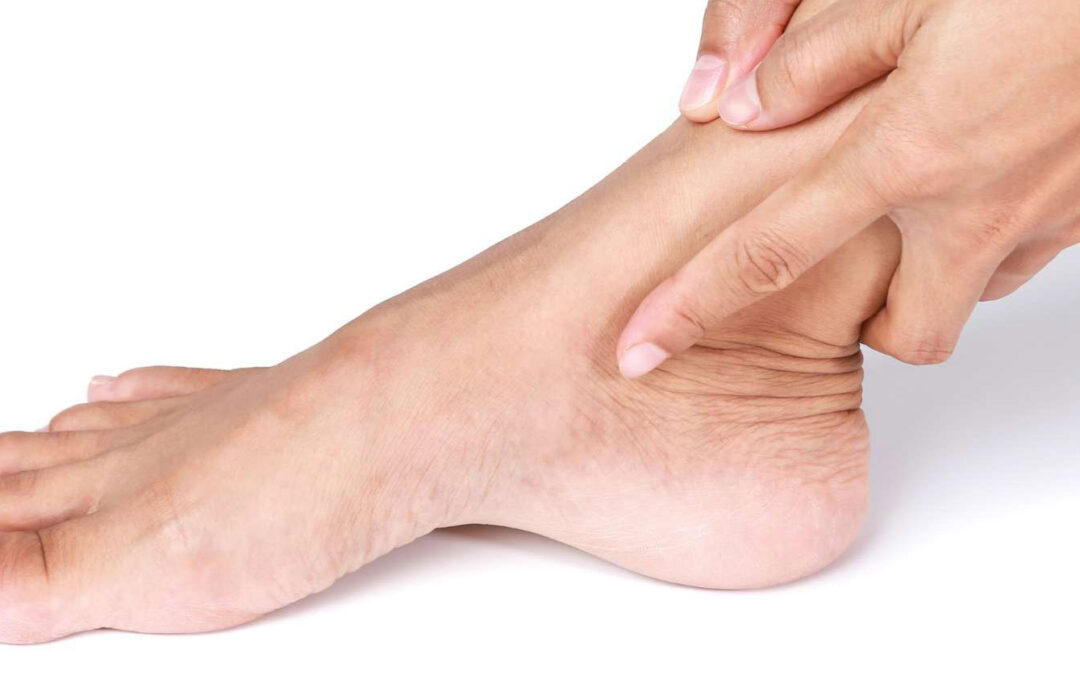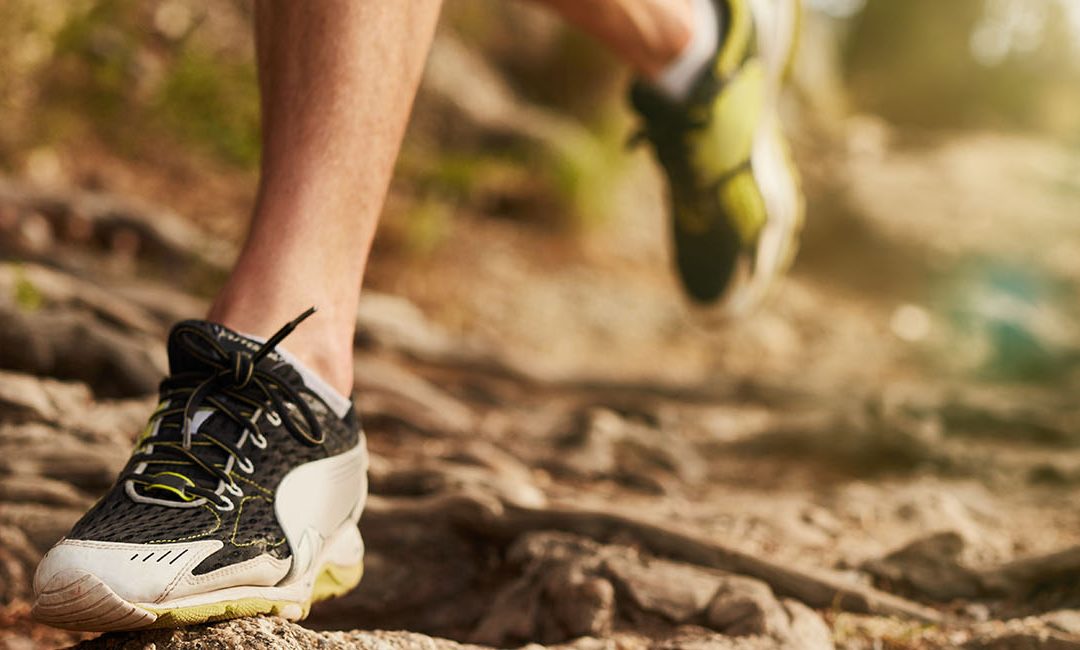


Total Ankle Replacement: What You Need to Know
Total ankle replacement is a surgical procedure designed to relieve pain and restore mobility in individuals suffering from severe ankle arthritis. Similar to a total knee replacement, this procedure involves removing the damaged joint and replacing it with a metal...
Ankle Dislocation: Causes, Symptoms and Treatment
The ankle is a hinge joint which connects the foot bones to the leg. It bears the maximum bodyweight which makes it prone to injuries. The two leg bones, fibula and tibia, are connected to the talus (ankle bone) and supported by many tendons, ligaments, connective...
Pigeon Toes (Intoeing)
Pigeon Toes (Intoeing) is a physical ailment which involves turning of the feet inwards. It may affect either one or both the feet. The condition may develop in the early phase of childhood or may become apparent in later stages when the child starts walking. In most...

